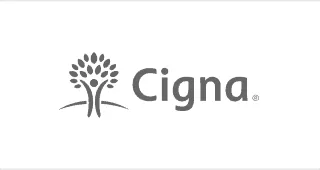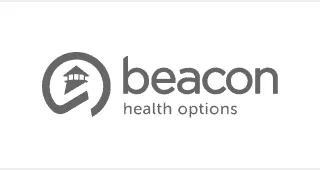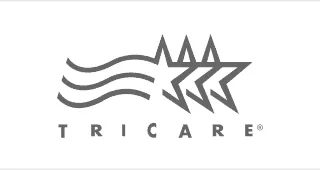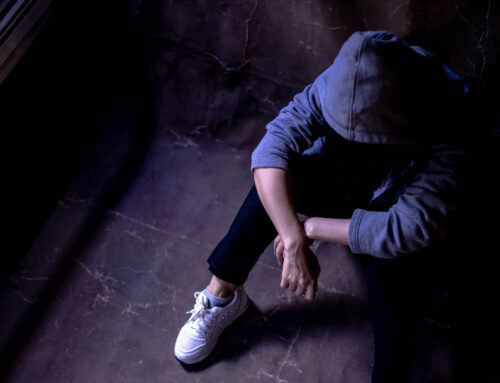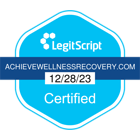When it comes to stronger opioid pain medications, knowing information such as what hydrocodone looks like, for instance, can be helpful both for those taking the medication and those concerned about a possible situation of illicit substance abuse. Being able to identify what different common pills look like can help prevent situations of accidental mix-ups while taking multiple medications and even support a possible quicker support situation for someone at risk of overdose while abusing opioid medications.
In this article, we’ll discuss some hard things like identifying opioid addiction to pain medications like hydrocodone, but we’ll also provide helpful information like identifying markers for this type of pill and how to tell if it’s potentially a fraudulently manufactured version; this can cause further complications if the pill is cut with stronger substances like fentanyl.
What Is Hydrocodone?
To begin with, hydrocodone is in the class of addictive opioid pain medications and often looks like other commonly prescribed opioids. However, hydrocodone is often considered slightly different from some other (often stronger) opioids in that the use of hydrocodone is sometimes prescribed for people who need round-the-clock pain relief for at least a moderate amount of time. You won’t typically see people using hydrocodone for post-surgical pain, for instance, and it’s not intended to be taken as needed. Additionally, hydrocodone is typically prescribed as a long-term maintenance pain medication for opioid-tolerant people, meaning they have at least some resistance to other opioid medications that make them ineffective.
One of the problems with this medication is that it can still be addictive, especially when it is taken for extended periods of time. Plus, like all opioids, hydrocodone is most likely to be addictive when used long-term and even more addictive if the medication is taken without a prescription or sans existing pain.
What Does Opioid Addiction Look Like?
Before we jump into what hydrocodone looks like, let’s take a closer look at what opioid addiction can traditionally look like.
Like most addictions, there are two primary ways people become addicted to the drug. First, the drug can form a chemical dependence in your body. Chemical dependences happen when a drug takes on the role of a specific chemical, usually a neurotransmitter, in your body that you typically produce naturally. Because something is performing that role already, your body will naturally reduce the amount of that chemical it produces, but that doesn’t mean that it needs less of that function to be performed.
It takes time for your body to increase or decrease how much it produces of specific chemicals, and in some cases, like when a drug like hydrocodone makes you produce far more of a chemical than it needs, that overproduction actively damages your system, making it harder to produce that chemical in the future should someone decide to go into addiction recovery.
Dependence such as this can cause a wide range of physical problems, including cravings, withdrawal symptoms, and general malaise, which often gets better as soon as more of the drug is taken, which keeps users in a constant cycle of abuse.
The second common feature of an addiction is that the drug often feels euphoric – at least, at first. In the case of opioids, they can produce a relaxed feeling and a euphoric high, leading to a combination of the bad feelings of withdrawal and the motivation of taking the drug to feel good again – which eventually turns into a dangerous addiction cycle.
Unfortunately, addiction can happen in as little as a single dose or take a longer usage pattern, prescribed or unprescribed, before it becomes a problem. This means that even people taking opioids as directed by a doctor are still at risk, though their risk is much lower than people who take the drug illicitly.
What Does Hydrocodone Look Like?
Knowing what hydrocodone looks like can be a powerful tool for both ensuring proper medication taking and more easily spotting addiction in other people. However, there are a lot of different possible appearances for hydrocodone, depending on how the drug is being used and what dose the person is taking.
So, what does hydrocodone look like exactly? Like many drugs, hydrocodone may look different if you go to a different country or get the drug from an international source – and illegally produced hydrocodone sometimes has a very different appearance from the drug you get from the pharmacy, and sometimes looks almost the same, but usually with some small differences that can give it away.
Knowing what hydrocodone looks like is most important for pharmacists since the unique appearance of different medications ensures they are dispensing the right medication for the right patient.
There are several different versions of hydrocodone medication, including a hydrocodone and acetaminophen combination and hydrocodone bitartrate. The first is a pain medication, while the second is a combination of pain and cough treatment.
Hydrocodone acetaminophen preparations are typically a white oblong tablet with a combination of letters and numbers on at least one side of the tablet. The other side may have a different code or a line down the middle to make it easier to split the dose when needed. Some tablets may also be dotted with a kind of red-orange color.
Many opioids come in pills similar to these, so they tend to be relatively easy to identify as an opioid, but it may be harder to tell exactly what drug is being used.
On the other hand, if you’re wondering what hydrocodone bitartrate looks like, it’s a little more variable than hydrocodone acetaminophen. These pills are typically two-tone if you get a capsule version of the medication or a brightly colored round tablet marked with the letter A and a 3-digit number. The difference between the different colors and numbers is the medication’s dose, which can also tell you if the medication is an extended-release or a fast-acting version.
Need Help With Hydrocodone Addiction?
Treating hydrocodone addiction can often be tricky because the medication is generally used for people who have some kind of long-term pain condition, and treating the addiction while also managing pain can be critical for a successful recovery.
While knowing things like what hydrocodone looks like is helpful, the type of this medication and its use means that people dealing with hydrocodone addiction can often really benefit from going to a treatment center to deal with their addiction while also ensuring their pain is managed. This way they can get additional support for any other health challenges, while also dealing with the addiction and learning new coping mechanisms or other potential alternatives that may work better for them.
If you’re ready to tackle addiction in an informed and compassionate way, contact Achieve Wellness. We can help. Call us today at 833-680-0142 to get started on the path to recovery and wellness.
We work with most insurance companies. Please note we are not affiliated with or endorsed by insurance companies.
No Medicaid Accepted.

Medically Reviewed By
Nicole Rettino-Lambert LCSW, LCADC, CCS, CCTP, CSTIP
Nicole Rettino-Lambert is a dually licensed clinician with over 20 years of experience working with children, adolescents, and adults in both addiction treatment and mental health treatment. Along with extensive experience in clinical work, she has held leadership roles in both inpatient and outpatient addiction treatments centers in New Jersey. Throughout her various leadership positions, Rettino-Lambert has developed clinical programming, assisted staff in their growth and development in the clinical field, and had the privilege of helping numerous individuals on their path to recovery.
As a clinician, Rettino-Lambert specializes in addiction trauma, mental health, self-harm behaviors, anxiety, intimacy issues, sex addiction, and personality disorders. She holds certifications as a clinical trauma professional and sex informed professional. Her passion and purpose as a clinician are to help individuals find their voice, purpose, and motivation through their recovery. She takes pride in being part of the process that helps those who are fighting for their lives to achieve both sobriety and wellness.In her role as a Clinical Director at Achieve Wellness and Recovery, Rettino-Lambert works tirelessly to ensure that her staff feels supported in their roles, continues their clinical growth and development, and is empowered to become the best versions of themselves. She firmly believes that all the staff are an essential part of clients’ recovery journey and that they deserve continuous compassion, empathy, acknowledgment, and support from leadership.





